The modern automotive industry is packed with technological innovations and feature-rich vehicles designed to make driving more convenient, safe, and enjoyable. However, not every car lives up to the promises made in its glossy brochure or flashy commercial.
While some vehicles offer exceptional user-friendly features that drivers truly appreciate daily, others come with frustrating quirks or poorly implemented designs that create more problems than they solve.
Whether you’re a commuter, a weekend traveler, or someone who simply enjoys the drive, the experience behind the wheel can vary dramatically depending on the car you choose.
This article highlights ten vehicles that stand out in everyday ownership, but for very different reasons. We’ll explore five cars that shine with intuitive design, practical features, and thoughtful touches that make life easier for the average owner.
On the flip side, we’ll also examine five cars that may look good on paper but come with daily annoyances that wear down even the most patient driver.
The purpose of this comparison isn’t just to praise or criticize but to offer a clearer picture of what features actually impact daily life in meaningful ways. From infotainment systems to cabin ergonomics, visibility, maintenance ease, and more, it’s often the small details that define whether a car is a joy to own or a constant headache.
This list draws from a combination of automotive expert reviews, owner testimonials, and long-term road tests to highlight the good and the bad in everyday usability.
So, whether you’re in the market for a new car or simply curious to see where your current ride stands, buckle up as we take a closer look at five owner-friendly vehicles and five that might just make you question your purchase every time you turn the ignition.
Also Read: 5 Cars With Engine Noise You’ll Hardly Notice and 5 That You’ll Dread
5 Cars With Owner-Friendly Features
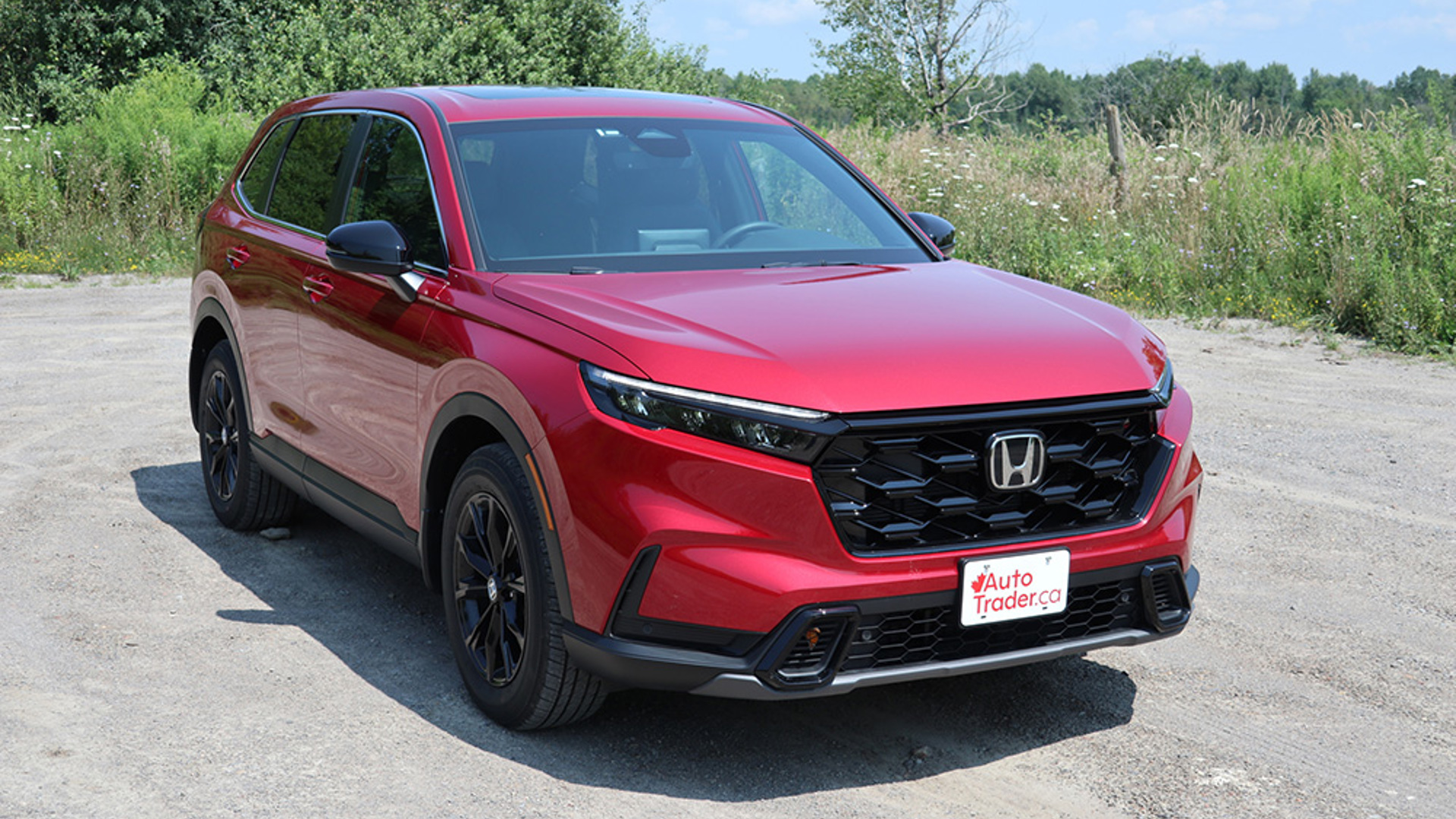
1. Honda CR-V
The Honda CR-V has long been a darling of the compact SUV segment, and for good reason. With its ample cargo space, excellent fuel efficiency, and smooth ride, the CR-V is a prime example of owner-friendliness.
One of its standout features is the flat rear floor and low cargo load height, which makes loading groceries, luggage, or even pet crates far easier than in most competitors. The seats fold down easily to create a flat load floor, providing a flexible interior that suits just about every daily need.
Another area where the CR-V excels is in its user interface. The infotainment system—while not the most flashy—is clean and responsive, with physical knobs for volume and tuning (a rarity in many modern cars).
Honda also includes Apple CarPlay and Android Auto compatibility in most trims, making it easy for owners to integrate their smartphones without diving through complex menus. Climate controls are also simple and intuitive, with tactile buttons and knobs instead of touch-sensitive panels that are often more frustrating than helpful.
Lastly, the CR-V shines in driver assistance features. Honda Sensing, a suite of safety technologies that includes adaptive cruise control, lane-keeping assist, and collision mitigation braking, comes standard on most trims.
These features aren’t just buzzwords—they’re well-executed and designed with real-world use in mind, helping reduce driver fatigue and increasing safety without constant false alarms or oversensitivity. The CR-V is a top-tier example of a car engineered to make daily life smoother.

2. Toyota Camry
The Toyota Camry may not be the flashiest car on the road, but it’s a strong example of owner-focused design. It begins with its reputation for long-term reliability and low maintenance costs, which gives peace of mind to owners.
Under the hood, the Camry offers a balance between performance and fuel efficiency, and both the standard four-cylinder and optional V6 engines are smooth and refined. This makes it a great commuter car that doesn’t skimp on highway power.
Inside, the Camry offers a clean and well-organized dashboard, featuring easy-to-read gauges and straightforward controls. Toyota’s infotainment system is quick to respond, and its inclusion of both touchscreen and physical buttons means users don’t need to navigate endless menus while driving.
The seats are designed with long-distance comfort in mind, and even base models come with features like dual-zone climate control and advanced safety tech.
Toyota’s Safety Sense package, standard across most Camry trims, adds another layer of convenience and security. Adaptive cruise control, automatic emergency braking, and road sign recognition help drivers stay alert and reduce the stress of long drives.
Combined with a cabin that’s quiet and refined, and an exterior that’s matured into a more stylish form in recent years, the Camry continues to set the bar for sedans that simply work.
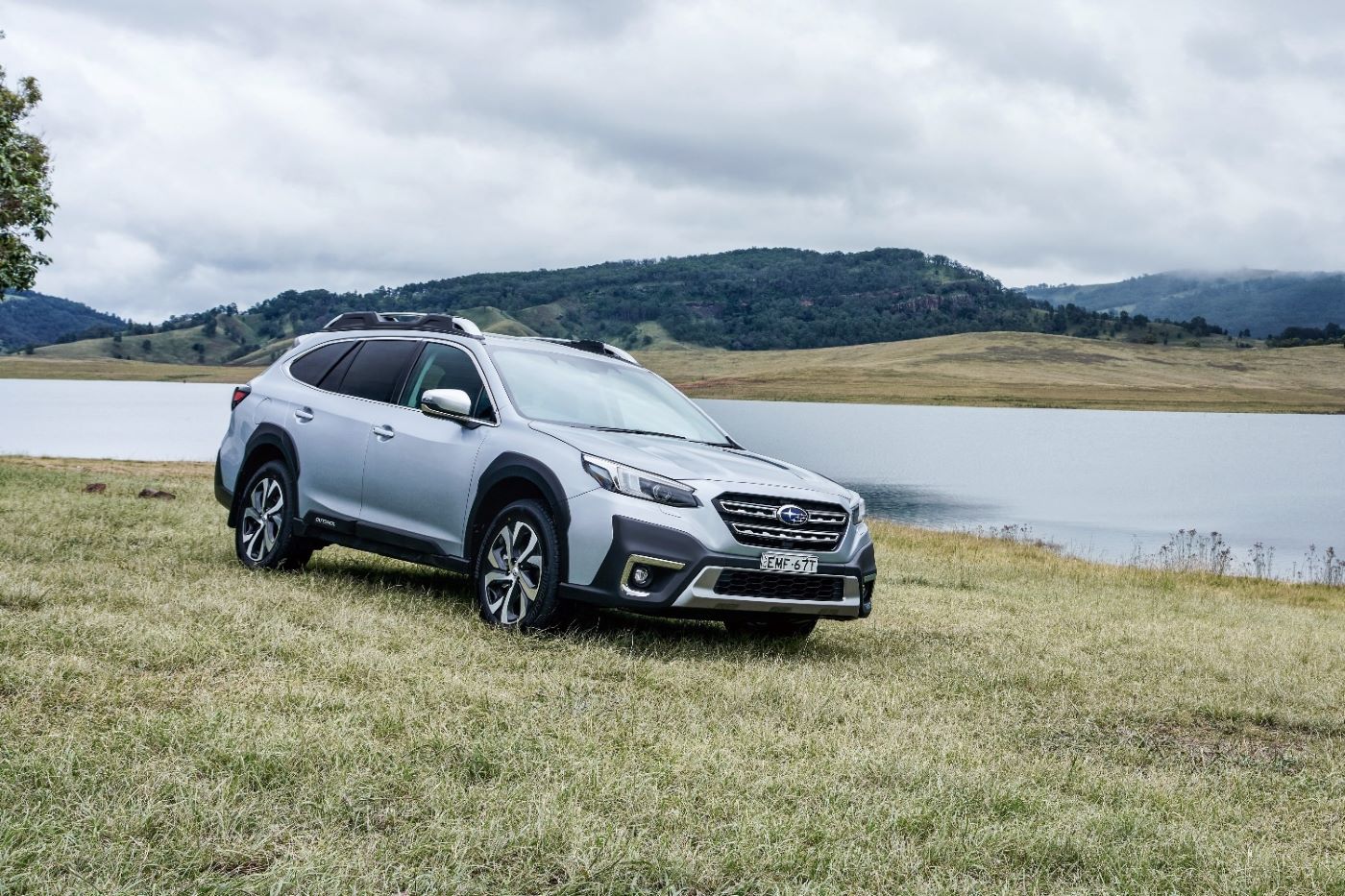
3. Subaru Outback
Subaru’s Outback is beloved by outdoor enthusiasts and daily commuters alike for its blend of rugged capability and ease of use. Standard all-wheel drive gives drivers confidence in all weather conditions, and ground clearance rivals some crossovers, making it a practical option for both city streets and unpaved trails.
Yet, what stands out are the day-to-day features that make owning an Outback a pleasure. The cargo area is wide, flat, and accessible—perfect for loading everything from camping gear to groceries. Interior storage is thoughtfully placed, with deep cup holders and ample cubby space.
Seats are well-padded and comfortable for long journeys, and the rear seats recline—a rare bonus in the segment. Subaru also includes roof rails with integrated crossbars that pop out and secure without tools, simplifying weekend adventures.
Infotainment in the latest Outback models features a large vertical touchscreen, which can be a love-it-or-hate-it element. Fortunately, Subaru backs it up with real buttons for climate controls and essential functions.
And like many other user-friendly cars, it includes a full suite of safety features, like EyeSight Driver Assist, which are among the best in the business. Add in low insurance premiums and strong resale value, and the Outback becomes one of the smartest choices for people who value function without sacrificing comfort.

4. Hyundai Tucson
The Hyundai Tucson is a standout in the compact SUV segment, offering a premium experience at a value-driven price point. From the moment you step inside, it’s clear Hyundai paid close attention to driver comfort and convenience.
The cabin is spacious and ergonomically designed, with supportive seating and excellent outward visibility—two factors that greatly enhance daily usability. The rear seats recline and offer more room than you’d expect for a vehicle in its class, making it a great option for families or those who frequently have passengers.
Where Tucson really impresses is in its standard technology package. Most trims come with a large, clear infotainment screen that supports wireless Apple CarPlay and Android Auto, allowing users to keep their phones in their pockets while maintaining full access to music, maps, and messages.
Dual-zone climate control, a quiet interior, and Hyundai’s highly intuitive menu systems round out a driving experience that’s relaxed and refined. The digital cluster and touch-sensitive HVAC controls may look futuristic, but they’re backed by clear logic that doesn’t overwhelm.
Another major plus is Hyundai’s warranty coverage, which includes a 10-year/100,000-mile powertrain warranty. This gives owners confidence and reduces long-term ownership costs. Routine maintenance alerts and accessible under-hood components also make the Tucson an easy car to live with over the years.
It might not be the flashiest SUV on the market, but when it comes to owner satisfaction and everyday ease, the Tucson punches well above its weight.
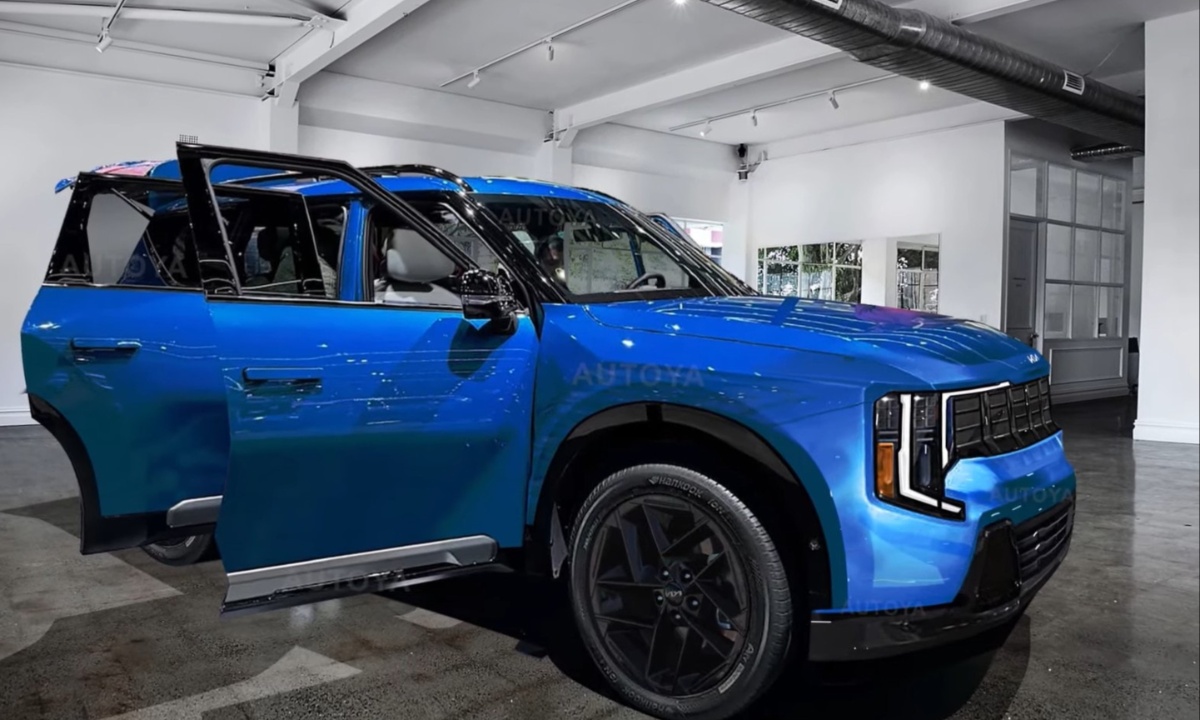
5. Kia Telluride
The Kia Telluride has quickly earned a reputation as one of the best three-row SUVs on the market, not just for its space but for the owner-friendly features baked into its design. For starters, the cabin feels luxurious without being over-complicated.
Controls are clearly labeled and accessible, while materials feel premium even in mid-trim models. The seats are plush and offer heating and ventilation in both front and second rows, a rare feature in non-luxury vehicles.
Passenger comfort and ease of access are priorities in the Telluride. The second-row seats slide forward with one touch, making third-row access remarkably simple. Even the third row offers enough space for adults, which isn’t always the case in this class.
Rear-seat USB ports, sunshades, and independent climate controls show that Kia hasn’t forgotten the importance of passengers in the ownership experience. For drivers, the heads-up display, 360-degree camera, and blind-spot view monitor make navigating tight spaces much easier and reduce anxiety on busy roads.
Tech in the Telluride is smartly integrated rather than overwhelming. The infotainment system is fast, supports split-screen functionality, and includes physical knobs for core functions. And despite being a larger vehicle, it’s surprisingly easy to park and maneuver thanks to front and rear sensors and precise steering.
With its blend of thoughtful design, comfort, and robust features, the Kia Telluride makes every day behind the wheel a genuinely pleasant experience.
5 Cars With Annoying Daily Features

1. Jeep Wrangler
The Jeep Wrangler is undeniably iconic and excels in off-road capability, but as a daily driver, it comes with compromises that many owners quickly grow tired of. Chief among them is ride quality. Its solid front and rear axles, while excellent for rock crawling, lead to a bumpy, jittery ride on regular roads.
Every pothole, speed bump, and uneven patch of pavement is transmitted directly into the cabin, which can grow tiresome quickly.
Another issue is fuel efficiency. Even with the newer turbocharged engines and hybrid options, the Wrangler remains thirsty compared to nearly every other SUV in its class.
For those commuting or using it for errands, fuel stops are more frequent and costly. Cabin insulation is minimal, meaning that wind and road noise are ever-present, especially in models with soft tops or removable doors.
Lastly, the Wrangler’s infotainment and control layout, while improved in newer models, is still not as intuitive as it should be. Button placement can be awkward, and the Uconnect system, though generally good, can be laggy at times. If you don’t need the off-road prowess, the daily experience of owning a Wrangler can feel more like a chore than a thrill.
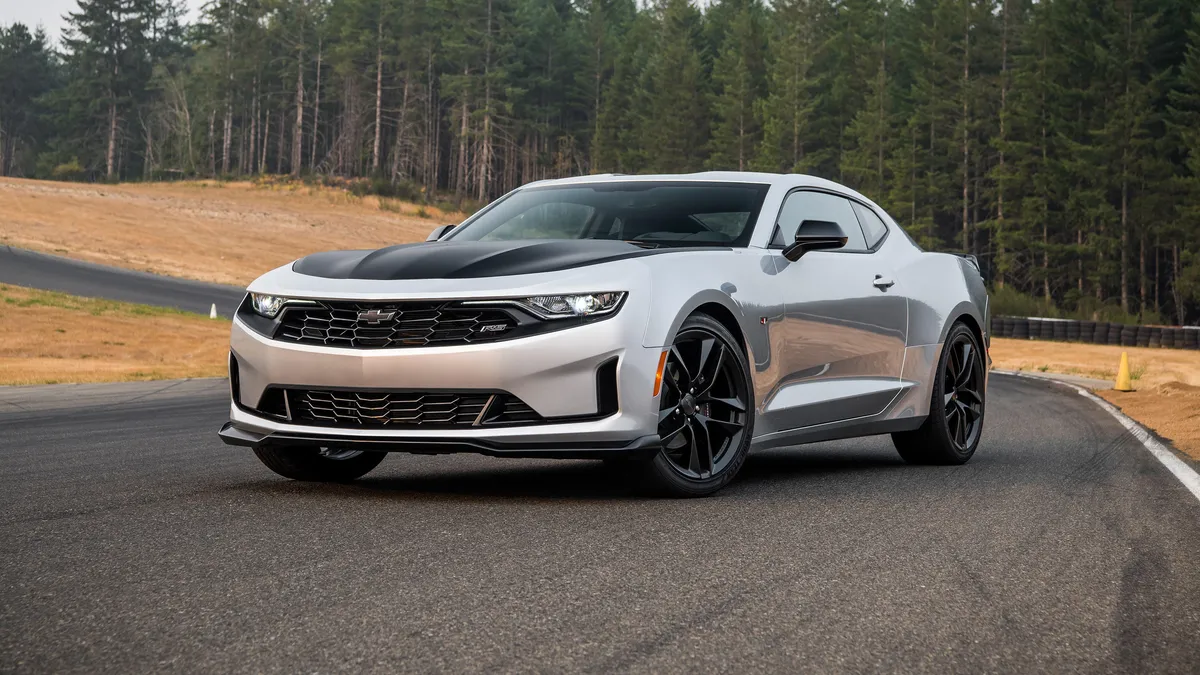
2. Chevrolet Camaro
The Chevrolet Camaro is a thrilling sports car with plenty of horsepower, but daily driving exposes serious flaws in its design. The most significant drawback is visibility—or rather, the lack of it.
The car’s low roofline and high beltline result in small, narrow windows and massive blind spots. Backing out of parking spaces or navigating tight traffic becomes a game of guesswork, even with backup cameras.
In terms of practicality, the Camaro also struggles. Its rear seats are practically unusable for adults, and trunk access is limited due to a tiny opening despite decent internal cargo volume. For a vehicle that some may try to use as a primary mode of transport, these limitations quickly become tiresome.
The infotainment system is generally modern, but its low placement on the dashboard makes it harder to view while driving. Physical controls are minimal, and the climate control is integrated into the air vents—a neat design trick but not the most intuitive in operation. The Camaro is undeniably cool, but living with it every day is another story entirely.
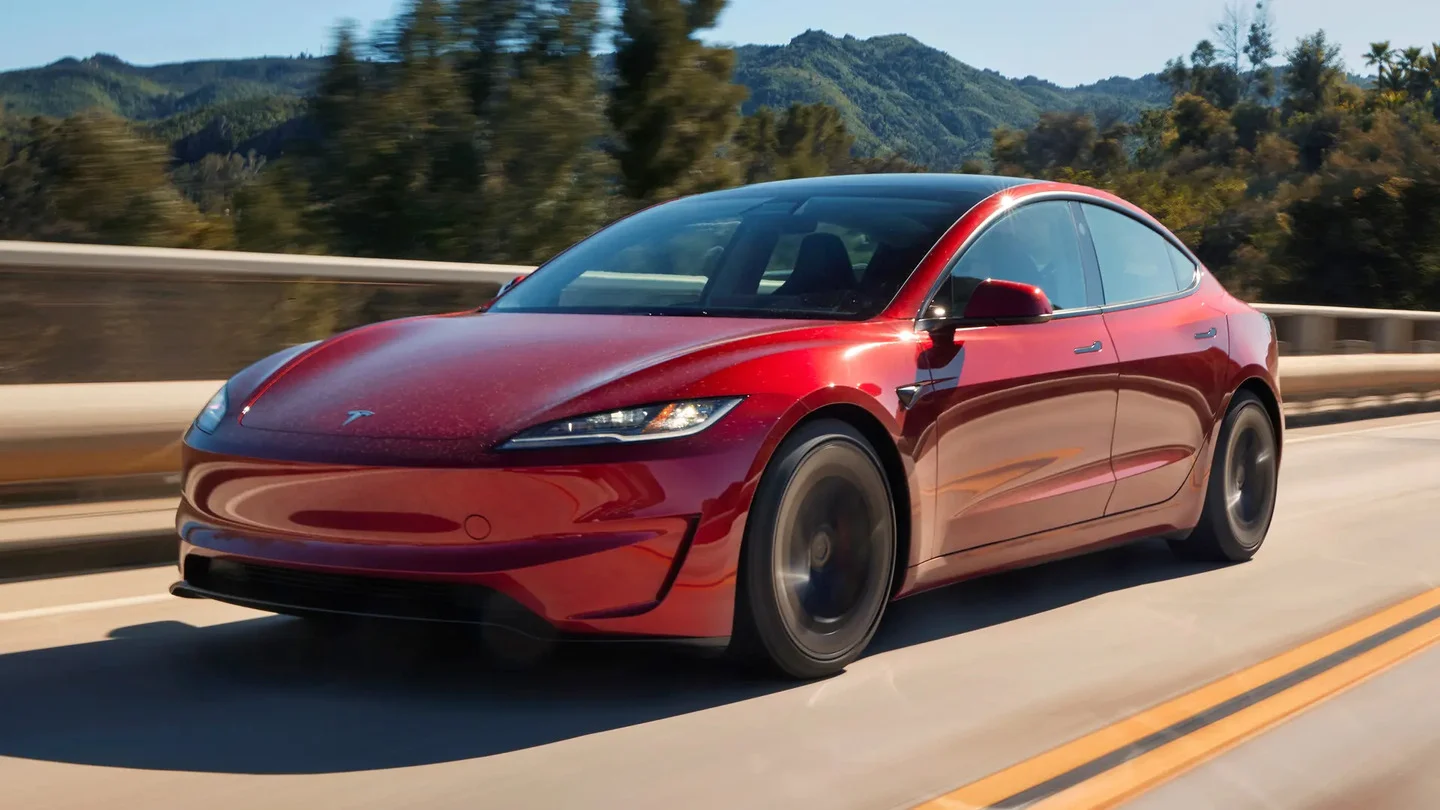
3. Tesla Model 3
The Tesla Model 3 is a technological marvel in many ways, but its radical minimalist interior design can frustrate users in everyday scenarios.
The absence of traditional buttons and gauges means that nearly all controls—from adjusting the side mirrors to opening the glovebox—must be done through the central touchscreen. While it may look sleek, it’s a steep learning curve and can become a distraction while driving.
Another daily annoyance is build quality. Owners frequently report inconsistent panel gaps, squeaky interiors, and problems with trim alignment.
While Tesla has made improvements, these issues persist, especially for a car with a premium price tag. Then there’s the issue of phantom braking—where the car slows down unexpectedly while using adaptive cruise control, which many drivers find unnerving.
Charging is generally convenient near urban areas, but if you’re not near a Supercharger network, long road trips require careful planning.
The lack of a backup physical key (most Model 3s rely on a smartphone or key card) has also frustrated users when phones die or lose connection. For those looking for a more intuitive and less tech-heavy experience, the Model 3 might feel more like a gadget than a car.
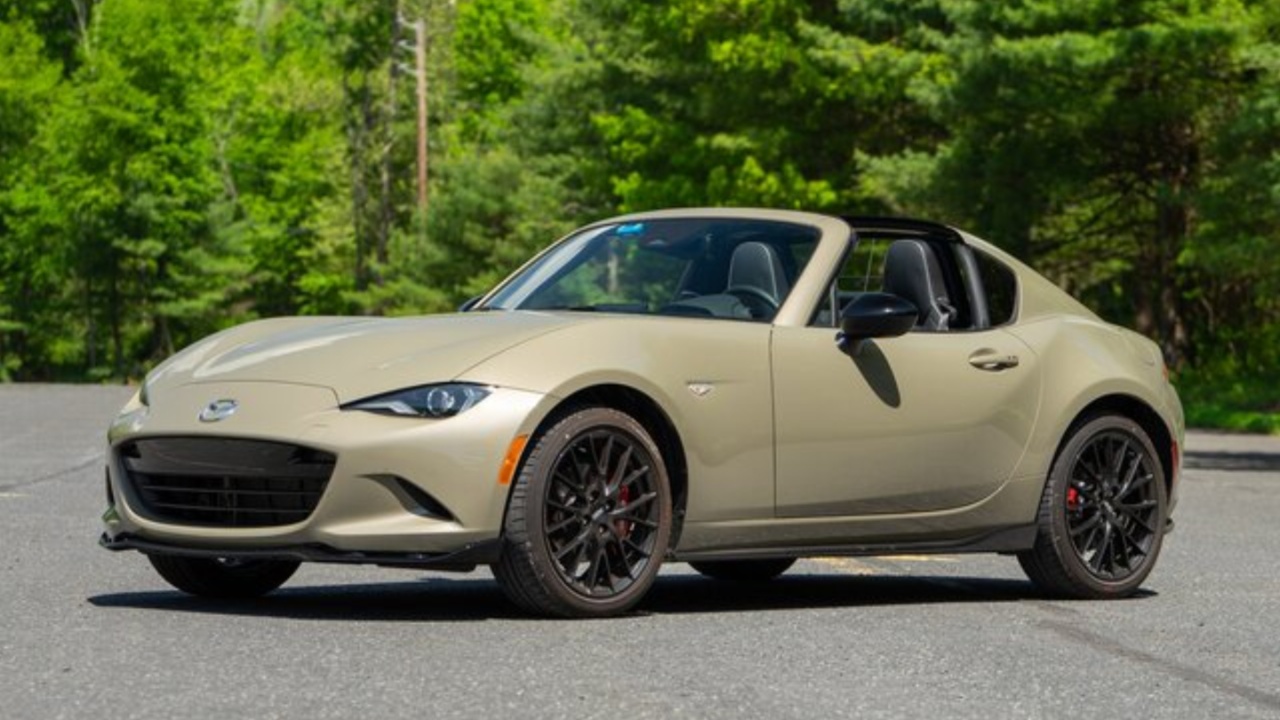
4. Mazda MX-5 Miata
The Mazda MX-5 Miata is a beloved roadster known for its pure driving dynamics, but it comes with several daily-use compromises that make ownership less ideal for many people. The most obvious issue is space—or the lack thereof.
The cabin is extremely tight, and tall drivers often struggle to find a comfortable seating position. Storage is also minimal; there’s no glove compartment, and the center console can barely hold a smartphone and a pair of sunglasses.
Another challenge is road noise and ride comfort. The Miata’s lightweight build and sporty suspension are great for carving through twisty roads, but on city streets or highways, it lets in every pebble and wind gust.
Driving it on rough pavement quickly becomes exhausting, particularly during long commutes or extended drives. The soft top also provides limited insulation, which can make the car feel drafty in winter and overly hot in summer.
Lastly, while the infotainment system in newer Miatas has improved, it still feels like an afterthought. The rotary controller is not as intuitive as touch interfaces, and many users find navigating through menus cumbersome, especially while driving. For weekend fun, the Miata is unbeatable. But as a daily driver, it demands a high tolerance for compromise.
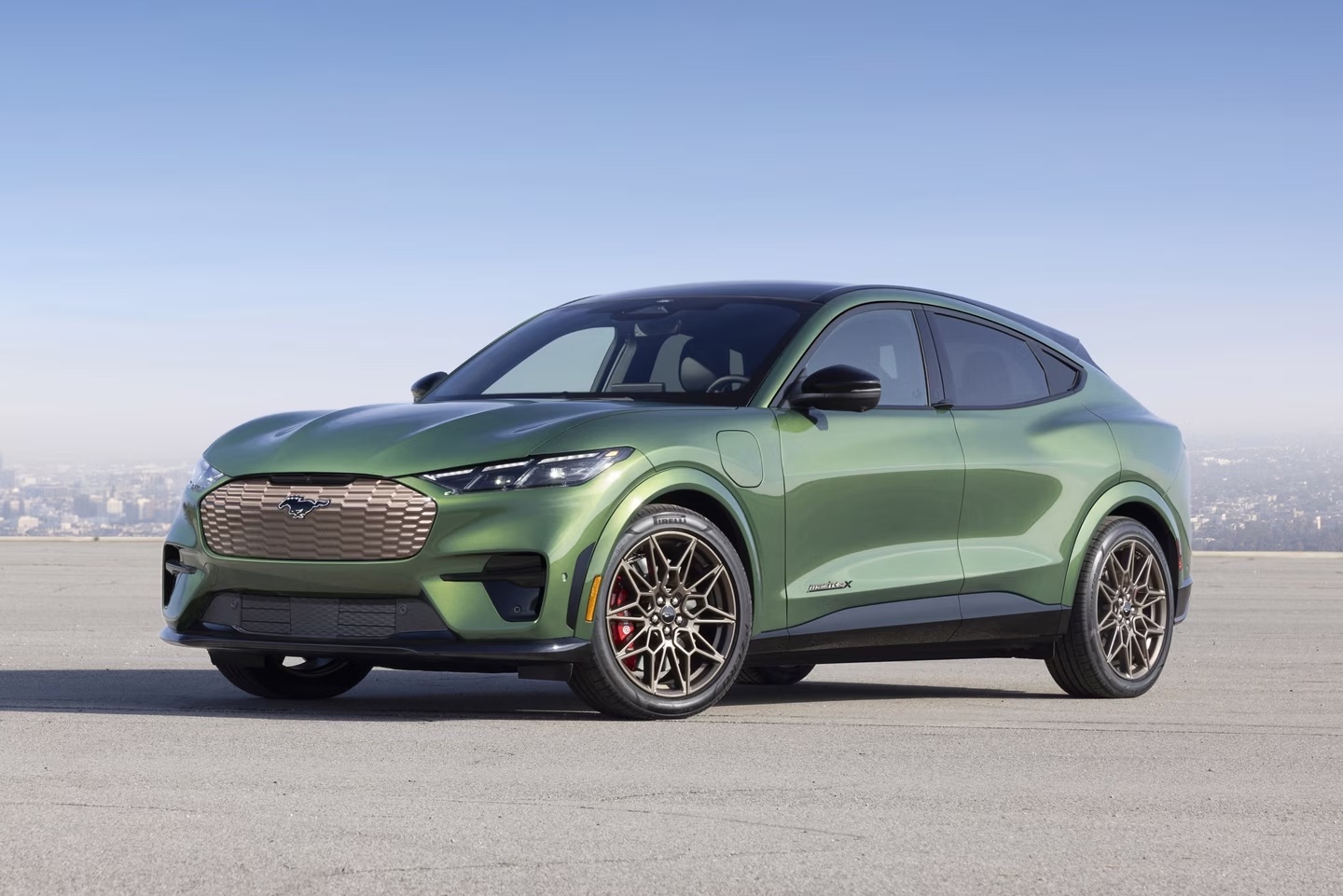
5. Ford Mustang Mach-E
The Ford Mustang Mach-E has been praised for bringing the iconic Mustang name into the electric future, but it’s not without its growing pains, many of which affect daily usability.
One of the most glaring issues is the software. Owners have reported frequent bugs, including frozen infotainment screens, delayed backup cameras, and intermittent connection issues with Ford’s mobile app. These may seem minor but can be very frustrating when they interrupt essential functions like climate control or charging monitoring.
The car’s capacitive touch controls replace traditional buttons for many key features, including climate settings and even window defrosting.
This can be problematic when trying to adjust something quickly, especially while driving. In cold climates, relying on a touch interface rather than a physical knob or switch for basic functions can become a safety concern rather than just an annoyance.
Charging infrastructure is another area where the Mach-E’s real-world practicality comes into question. Unlike Tesla, which has its proprietary Supercharger network, Ford relies on third-party networks with varying reliability.
Owners frequently report out-of-service stations or inconsistent charging speeds. Until the infrastructure and software bugs are resolved, the Mach-E can be more frustrating than freeing in everyday use, even if it’s otherwise a strong step toward electrification.
Choosing a car isn’t just about horsepower, brand loyalty, or even safety scores—it’s about how the vehicle fits into your daily life.
As this list shows, the difference between loving and loathing your car often lies in the little things: how easy it is to use the features, how intuitive the controls feel, how much storage is accessible, and whether the technology works consistently.
Cars like the Honda CR-V and Subaru Outback may not dominate headlines with revolutionary tech, but their thoughtful design and functional features make them standouts in everyday life. These are the cars that earn their place in your driveway not just for performance, but for reliability, ease of use, and low-stress ownership.
On the other side of the spectrum are vehicles that, while impressive in certain areas, fail the daily usability test. Whether it’s overly complicated tech, harsh ride quality, or poor ergonomics, these cars remind us that real-world driving often reveals the flaws that spec sheets and showroom floors hide.
Also Read: 5 Engines That Sound Refined and 5 That Roar Like Lawnmowers
The Tesla Model 3, for example, breaks ground with its innovation but often frustrates with its all-touch interface. The Camaro, despite its iconic appeal, struggles with practicality and visibility. These aren’t bad cars per se, but they are vehicles that require compromises many drivers don’t anticipate until they’re living with them.
The best car is the one that fits your lifestyle, not just your wishlist. It’s easy to be swayed by performance numbers, design trends, or social buzz, but your satisfaction will come from how well your car serves your daily needs.
The goal isn’t to avoid every flaw, but to be aware of them and choose accordingly. Whether you’re shopping new or evaluating your current ride, pay attention to the features that truly matter in daily use—they’re what turn a car from a machine into a trusted companion on the road of life.
